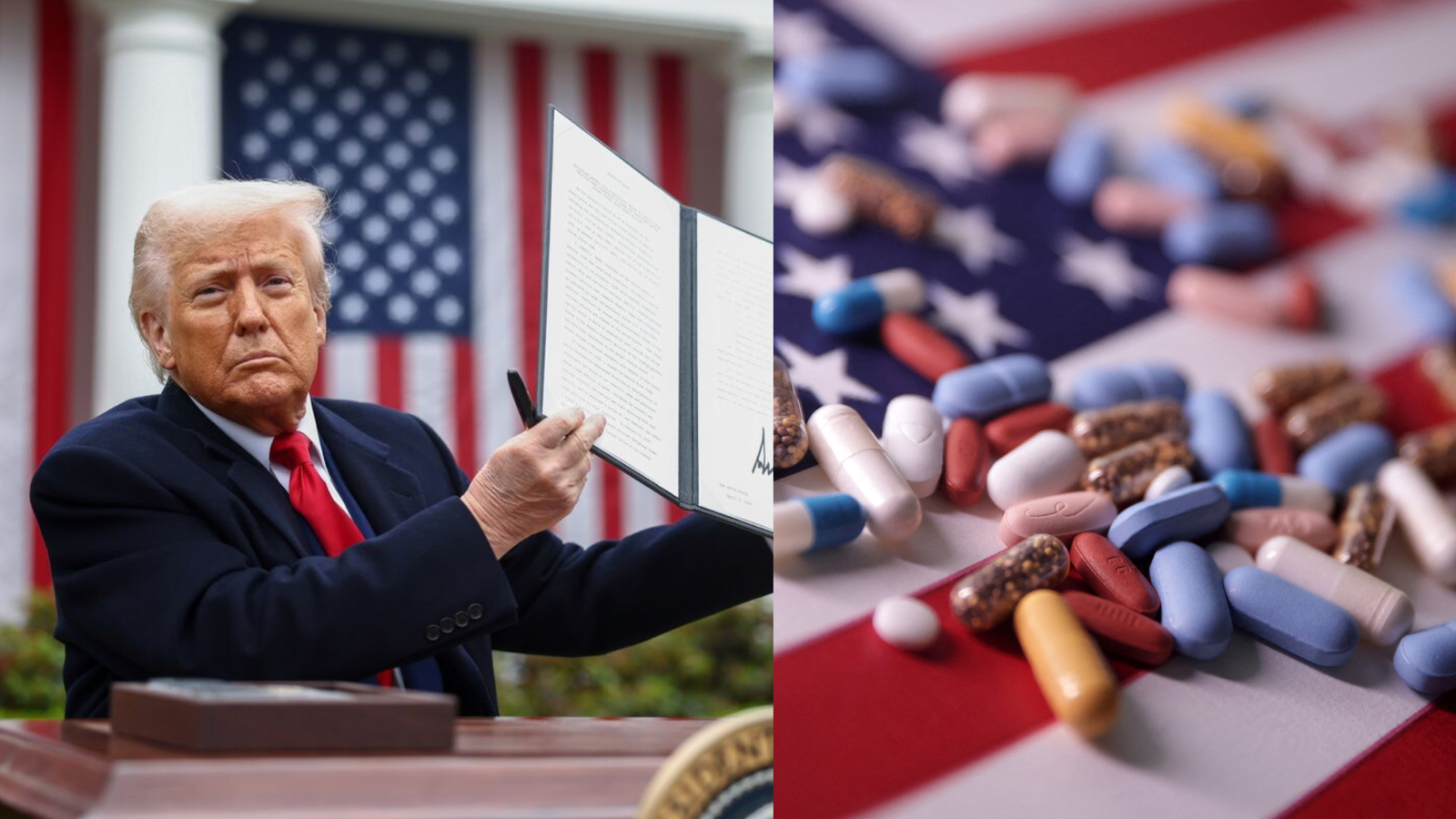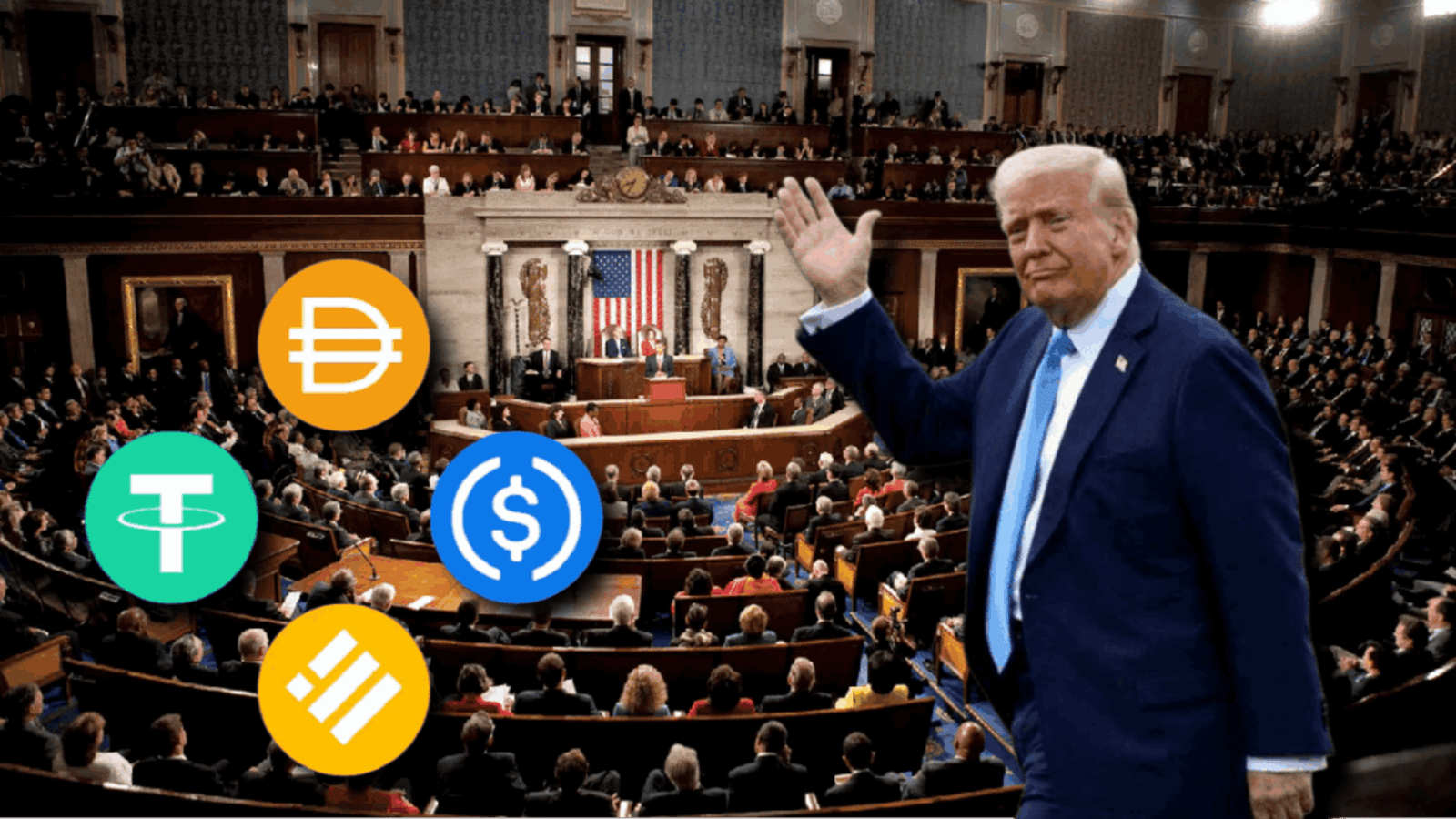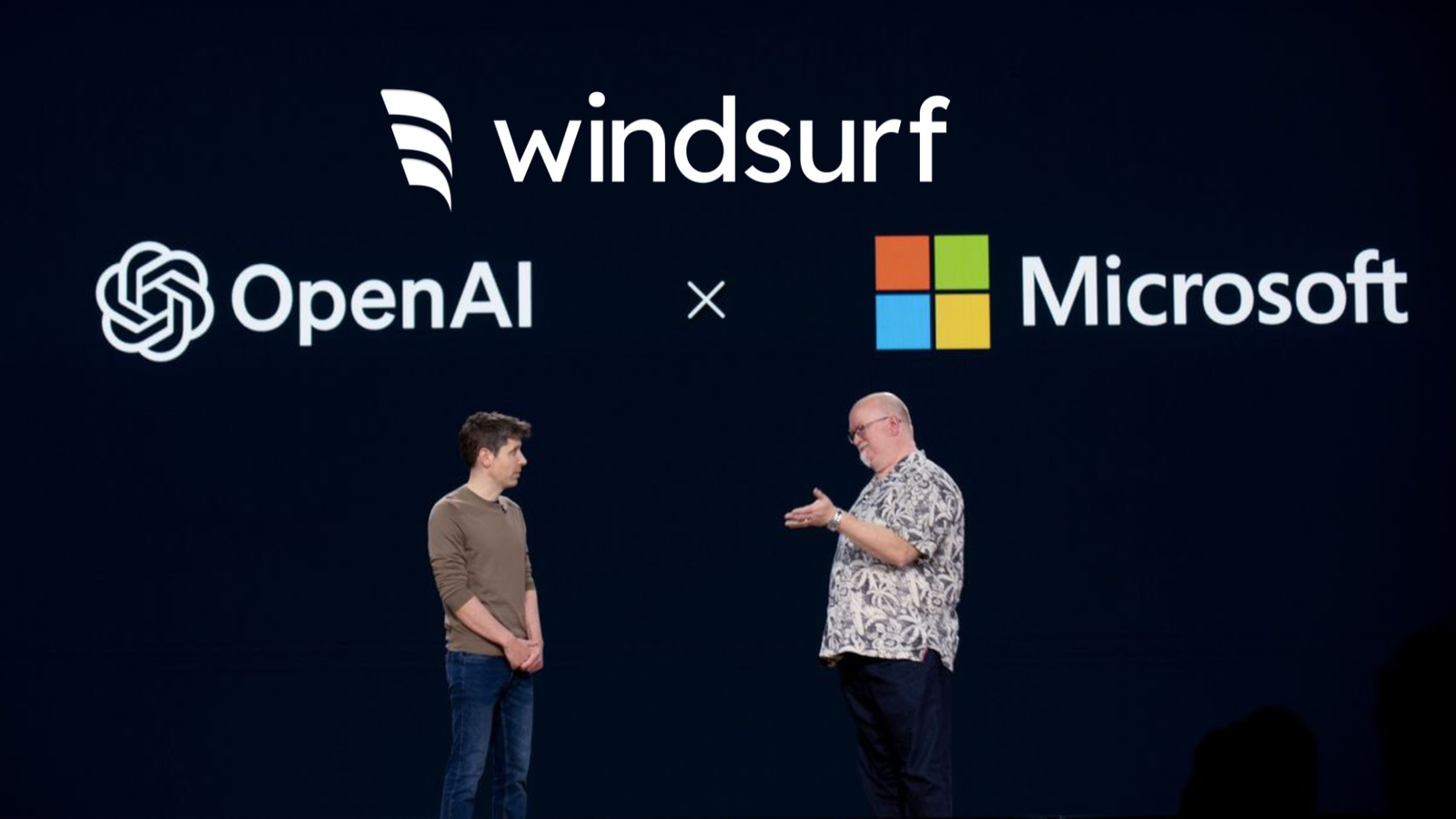On March 28, 2025, Elon Musk announced that his artificial intelligence venture, xAI, had acquired his social media platform, X (formerly Twitter), in an all-stock deal. The transaction values xAI at $80 billion and X at $33 billion, factoring in $12 billion of X’s debt. It’s a move that ties Musk’s AI aspirations to X’s vast user base. Ronin Legal unpacks the legal and strategic angles: What’s pushing this acquisition? How does it change X’s financial picture? And what legal issues does it bring up in an already tricky landscape?
X’s Challenges Meet xAI’s Momentum
Musk took Twitter private in October 2022 with a $44 billion leveraged buyout, financed partly by $13 billion in loans from banks like Morgan Stanley. Rebranded as X, the platform has since faced tough times. Advertising revenue dropped significantly—over 45% by some estimates—after major brands like Disney and Unilever paused campaigns amid shifts in content moderation policies under Musk’s leadership. By early 2025, X’s valuation had slipped below $10 billion according to Fidelity, with its $12 billion debt still a heavy burden.
Meanwhile, xAI has been on a different trajectory. Launched in 2023 to “advance human understanding of the universe”, it reached an $80 billion valuation in this deal, buoyed by a $6 billion funding round in late 2024. Its Grok chatbot, integrated into X’s Premium+ subscription, thrives on X’s real-time data from over 600 million monthly users. The merger formalizes this relationship: X supplies xAI with a steady stream of content for AI training, while xAI enhances X’s offerings. It’s a strategic alignment—but one that invites legal scrutiny.
A Lifeline for X’s Debt Holders
One clear outcome of the acquisition is its impact on X’s creditors. The $12 billion debt, reduced from $13 billion after banks sold portions in early 2025, has weighed heavily on X’s balance sheet. By folding X into xAI’s $80 billion valuation, the deal restructures that debt under more favourable conditions. Creditors who picked up X’s debt at discounted rates now stand to benefit from xAI’s growth potential, either through repayment or equity in the combined entity. As Espen Robak of Pluris Valuation Advisors puts it, “The debt’s value has increased with this deal.” It’s a familiar strategy for Musk—think Tesla’s 2016 acquisition of SolarCity, where a stronger company absorbed a struggling one’s liabilities, a move later reviewed but upheld by courts.
Private Companies, Private Rules
Both xAI and X are private companies, with Musk holding dominant control as the majority shareholder of each, though minority investors are present in both entities. This structure granted the flexibility for the xAI acquisition of X to move forward without independent valuations or input from those minority investors. It also reduces transparency, meaning fewer outside perspectives scrutinize the process. Under SEC Rule 144A, private offerings like this face lighter disclosure requirements compared to public deals—for example, the exact stock swap ratio for X investors transitioning to xAI shares remains undisclosed, a detail that would be required in a public merger. While this rule simplifies transactions for private firms, it leaves stakeholders, such as X’s smaller investors or creditors, dependent on Musk’s team to ensure fairness in valuation and terms.
This opacity isn’t new territory for Musk. His 2016 Tesla-SolarCity merger, while involving a public company (Tesla), also skirted traditional oversight due to his dominant influence, prompting lawsuits over fairness to minority shareholders. Delaware’s Chancery Court later reviewed that deal, weighing Musk’s dual role as a controlling figure in both firms—a dynamic that didn’t unravel the merger but underscored judicial interest in such setups. Here, the private nature of xAI and X sidesteps that level of scrutiny for now, yet the precedent lingers.
Litigation in the Background
The merger doesn’t happen in isolation—it’s shadowed by ongoing legal matters. On the same day as the announcement, March 28, 2025, a federal judge allowed a lawsuit to proceed against Musk over his 2022 Twitter stake buildup. Plaintiffs argue he delayed disclosing his 9.2% ownership, saving over $200 million while they sold shares at lower prices. The merger’s limited transparency could intersect with this case, though it’s not directly tied.
In 2024, Tesla shareholders sued Musk, claiming xAI’s creation pulled resources from Tesla’s AI projects. That suit settled, but it highlighted judicial interest in how Musk allocates assets across his ventures—relevant now as xAI taps X’s data pool.
Data and Competition: A Broader View
Antitrust might not be the first concern here—xAI and X aren’t rivals—but the merger’s data dynamics raise questions. With xAI gaining exclusive access to X’s 600 million users’ real-time content, it secures a unique advantage over rivals like OpenAI and Anthropic, which depend on scraping public data often tangled in copyright disputes. This data monopoly could supercharge xAI’s Grok, already embedded in X’s ecosystem, while X might tweak its platform to prioritize Grok over third-party AI tools—a move reminiscent of the EU’s 2018 case against Google, where regulators fined the tech giant €4.34 billion for favouring its own services in Android’s app ecosystem.
What Lies Ahead
The xAI-X merger’s path forward hinges on a handful of pivotal factors, each carrying its own legal weight. Creditors holding X’s $12 billion debt—restructured under xAI’s $80 billion valuation—face a choice: negotiate repayment terms or convert their stakes into equity in a fast-growing AI entity, a decision that could reshape their financial outlook after years of X’s struggles. This merger, legally greenlit as a private transaction under SEC Rule 144A’s lighter disclosure standards, marries AI innovation with social media scale, offering X’s lenders relief and xAI a robust data pipeline. Yet it’s layered with complexities: limited transparency on stock swap terms, active litigation, and competition questions that echo Musk’s past ventures. Creditors, investors, and regulators will want to keep a close eye on what comes next. At Ronin Legal, we see this as more than a transaction; it’s a test case for how AI and social media convergence navigates uncharted regulatory waters, with outcomes that could redefine the boundaries of innovation and accountability.
Authors: Shantanu Mukherjee, Alan Baiju








































